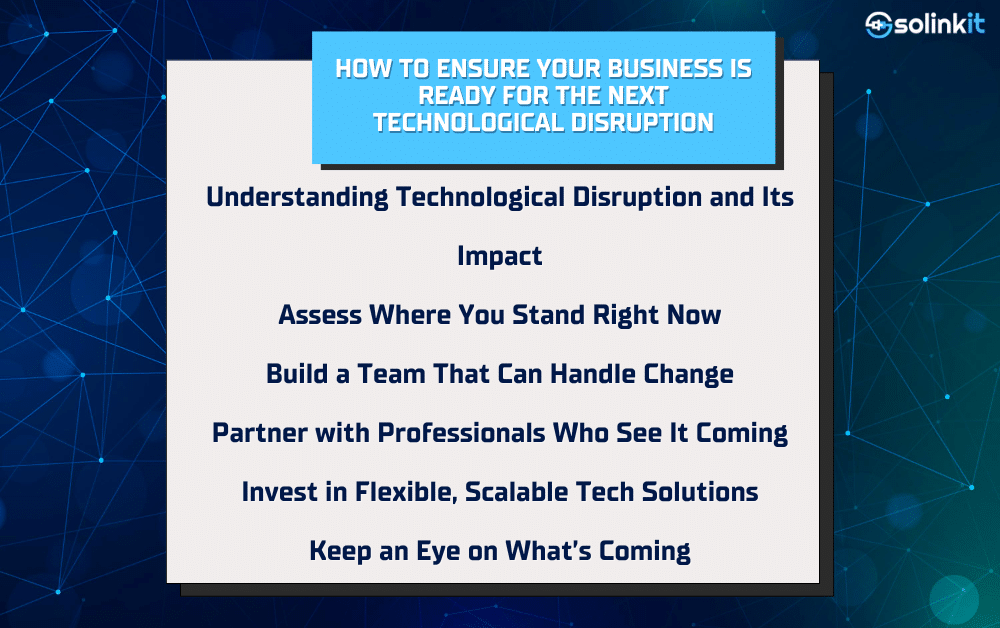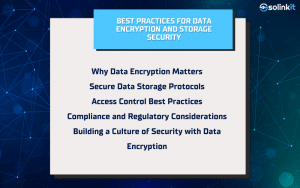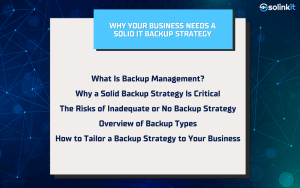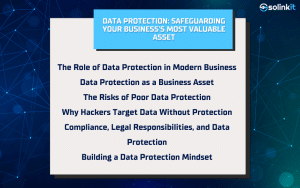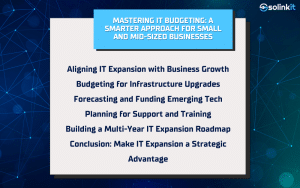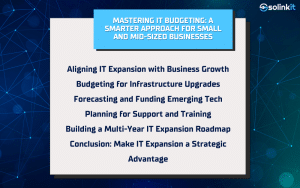In today’s fast-paced world, technological disruption is less of a surprise and more of a certainty. From the rise of AI to shifts in cybersecurity threats and remote work technology, businesses that fail to adapt often fall behind—or disappear entirely. To stay competitive, you need to think beyond the next quarter. You need a long-term strategy that keeps your business agile, protected, and prepared.
Let’s walk through exactly how to make sure your company is ready for whatever technological disruption comes next.
Understanding Technological Disruption and Its Impact
What Is Technological Disruption?
Technological disruption happens when emerging technologies radically change how industries operate. Think of how fast cloud computing, mobile apps, or AI have overhauled traditional business models. Disruption redefines efficiency, accessibility, and customer expectations almost overnight.
Why It’s More Than Just a Buzzword
Technological disruption isn’t about hype—it’s about consequences. Entire industries have been reshaped because decision-makers underestimated the impact of one innovation. Being proactive means understanding that these changes aren’t optional.
Real-World Disruptions That Changed Everything
Look at how ride-sharing disrupted taxis, or how digital payments revolutionized retail. These technological disruptions shifted consumer behavior and forced companies to rethink their core operations. Your industry is next—it’s only a matter of when.
Signs Your Business Is Vulnerable
If you’re still using systems from five or ten years ago without upgrades, you’re at risk. Technological disruption moves fast, and the older your infrastructure, the harder it is to pivot.
Assess Where You Stand Right Now
Run a Full Technology Audit
Start by cataloging everything: software licenses, hardware, security tools, communication systems. A full tech audit helps you understand what you’re working with—and whether you’re even ready for basic operational changes, let alone a full-blown technological disruption.
Spot the Red Flags in Legacy Systems
Legacy systems tend to be fragile, outdated, and incompatible with new innovations. If your infrastructure requires frequent patching or can’t support automation tools, you’re ill-equipped for disruption. These systems often become security liabilities as well.
Get Real About Integration Gaps
You might be using strong individual platforms, but if they don’t integrate, they become silos. Technological disruption often depends on connectivity—systems must work together, share data, and scale on demand. Gaps here can slow your response to critical shifts.
Measure Technology ROI
How well are your current systems serving your business goals? If they’re costing more in time and effort than they return in productivity, it’s time to reassess.
Build a Team That Can Handle Change
Train Your Staff to Embrace Technology
No matter how advanced your tools are, your team needs to understand them. Regular training in emerging tech and digital workflows turns staff into your first line of readiness for technological disruption. Upskilling also boosts retention and morale.
Cultivate a Culture of Adaptability
Change shouldn’t feel like a crisis. Build a workplace that expects evolution and rewards learning. When technological disruption hits, a culture of adaptability ensures your team won’t resist it—they’ll lean in and lead the charge.
Reward Innovation from the Ground Up
Encourage your team to speak up with ideas, test new tools, and contribute to tech-forward initiatives. Bottom-up innovation is one of the strongest defenses against being blindsided by a sudden technological disruption. Your team often sees friction points first.
Set Clear Tech Expectations
Establish baseline tech competency for each role and make tech accountability a part of team evaluations.
Partner with Professionals Who See It Coming
You Can’t Navigate Disruption Alone
Even large businesses struggle to stay ahead of disruptive trends. If your internal IT is reactive instead of strategic, you’re at risk. Partnering with a managed services provider like SoLinkIt brings in expertise and foresight that helps you plan—not panic.
Choose a Partner Who Thinks Ahead
You want more than just someone to manage your help desk tickets. A valuable tech partner forecasts trends, recommends future-ready solutions, and helps you position yourself before technological disruption forces your hand.
Strategic Support That Scales with You
As your business evolves, your tech needs will too. The right partner ensures you’re not locked into tools that limit your growth. Technological disruption rewards those who can scale quickly—and punishes those who can’t.
Look for Business Continuity Planning
The right tech partner helps you build disaster recovery and business continuity plans that anticipate disruption, not just react to it.
Invest in Flexible, Scalable Tech Solutions
Adopt a Cloud-First Approach
Cloud solutions offer more than convenience—they offer continuity. Whether it’s a power outage, cyberattack, or global disruption, businesses built in the cloud are more resilient. When technological disruption hits, cloud infrastructure keeps your data, apps, and processes moving.
Future-Proof Your Cybersecurity
Every new tool introduces new vulnerabilities. Technological disruption without matching cybersecurity measures can result in costly breaches. Investing in layered, proactive security helps you stay compliant, protected, and credible in your field.
Stay Agile with Modular Systems
Technology that’s modular allows you to add, remove, or swap out components as needed. With every wave of technological disruption, businesses using rigid, monolithic systems will struggle—while those with agile setups will evolve smoothly.
Avoid Vendor Lock-In
Choose platforms and tools that offer interoperability and customization. This reduces the risk of being stuck when disruption demands change.
Keep an Eye on What’s Coming
Monitor Trends and Innovations
Keep a pulse on where the tech world is headed. Subscribe to industry newsletters, follow analyst reports, and attend events. Knowing what’s on the horizon is the first step toward preparing for the next technological disruption.
Follow Industry Leaders
Pay attention to what innovators in your field are doing. If leading companies are adopting new tools or shifting operations, it’s likely a signal that technological disruption is on its way—and your competitors are already preparing for it.
Don’t Wait for the Storm to Hit
Don’t treat disruption like an emergency. Treat it like a forecast. The sooner you prepare, the smoother the transition. Whether it’s updating your CRM or implementing automation, small steps now can prevent massive setbacks later.
Create a Watchlist of Key Innovations
Track specific technologies—like AI, edge computing, or quantum—so you’re not caught flat-footed when they hit your industry.
Conclusion
The next technological disruption isn’t a question of if—it’s when. The best way to stay competitive is to prepare today. Audit your infrastructure. Train your team. Upgrade your systems. And most importantly, partner with experts who know how to navigate this terrain.SoLinkIt can help you build a tech-forward strategy that’s ready for disruption. Reach out today to schedule a consultation and stay ahead of what’s next.
